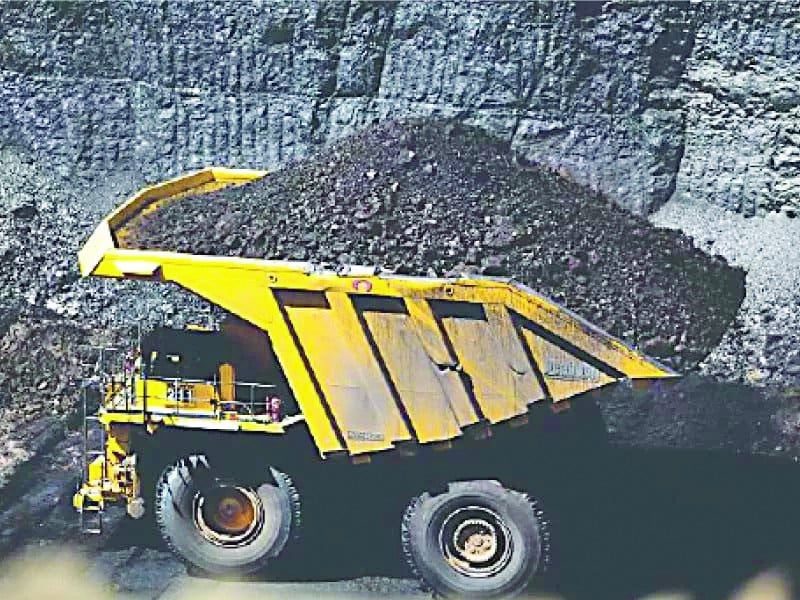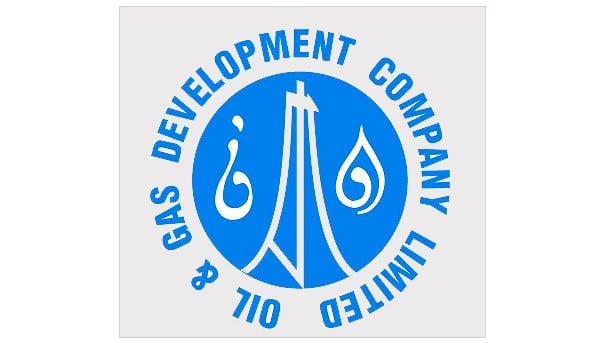LAHORE:
Pakistan’s power sector is shifting as locally mined coal gains a larger share in electricity generation, easing energy costs and reducing dependence on imports.
According to a recent report of Topline Securities, power generation in March 2025 reached 8,409 gigawatt-hours (GWh), marking a 5% annual increase and a 21% jump from February 2025.
The standout figure, however, was the 62% year-on-year surge in electricity produced from local coal, which climbed to 1,393 GWh in March 2025 compared to 862 GWh in the same month of last year. This growth has elevated local coal’s contribution to the national energy mix to 17%, up from 11% a year earlier, signalling a strategic pivot towards indigenous resources.
For decades, local coal reserves in Thar, Sindh, estimated at 175 billion tons, remained untapped due to technical challenges and limited investment. However, the energy crisis of the 2010s, marked by prolonged blackouts and soaring import bills, pushed the government to rethink its strategy.
By 2014, under the China-Pakistan Economic Corridor (CPEC), projects to develop Thar’s coal fields and build associated power plants gained momentum.
The coal-fired plants operational since 2019 have generated over 27,000 GWh of electricity at a fuel cost of just Rs4.8 per unit, a fraction of the Rs19.5 per unit cost for imported coal. This shift has saved Pakistan approximately $1.3 billion in foreign exchange, according to the Sindh government.
Meanwhile, the Sahiwal Coal Power Plant, located in Punjab and commissioned in 2017, was one of CPEC’s early ventures, which initially relied on imported coal but has gradually incorporated Thar coal into its operations.
Power sector stakeholders said that Thar’s development faced hurdles, including scepticism about the quality of lignite coal, which has high moisture content and lower energy efficiency. However, advancements in mining technology and boiler designs tailored to Thar’s coal specifications enabled breakthroughs.
By 2022, the Thar coalfield began supplying coal to power plants across the country, including Port Qasim Electric and Hubco’s plants, which were converted to handle local coal. The expansion of mining operations and infrastructure, such as upgraded railways for coal transport, further accelerated adoption.
Environmental concerns, however, linger. Coal combustion emits greenhouse gases, and Thar’s arid region faces water scarcity, raising questions about sustainable mining practices. “Thar coal is a double-edged sword, while it provides affordable energy and energy security, we are actively investing in technologies to minimise ecological impact, including plans for carbon capture and renewable energy hybrids,” said a power sector official while talking to The Express Tribune.
As per the report, the increased use of local coal has directly lowered power generation costs. In March 2025, the average fuel cost per unit dropped to Rs12.2, down 27% from Rs16.8 a year earlier. Monthly comparisons also showed an 11% reduction from February’s Rs13.8 per unit.
“These savings are critical for a country where high energy prices have troubled industries and households,” said the official. Local coal has been a game changer for Pakistan’s energy independence, but “we are equally committed to expanding solar, wind, and hydro projects to ensure a sustainable mix”.
“Coal is a bridge, not the destination, and as a country we are balancing cost-effective energy with global climate commitments by diversifying into renewables, while optimising coal use,” the official added.



